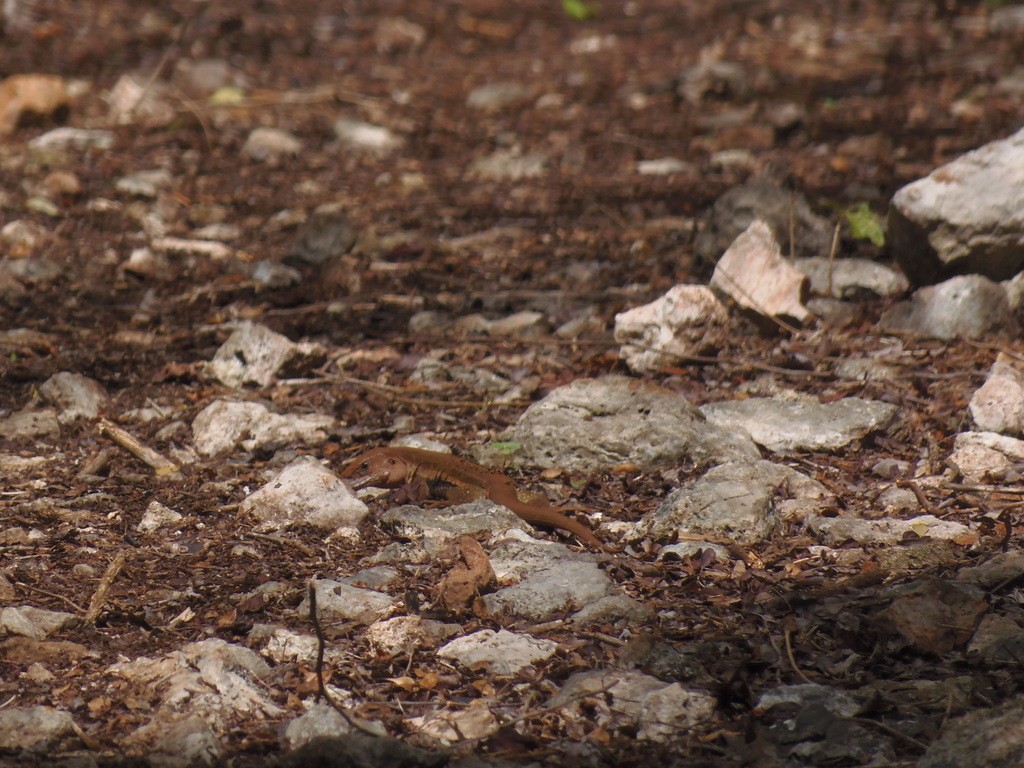Aspidoscelis angusticeps angusticeps
A species of Whiptail lizards Scientific name : Aspidoscelis angusticeps angusticeps Genus : Whiptail lizards
Aspidoscelis angusticeps angusticeps, A species of Whiptail lizards
Scientific name: Aspidoscelis angusticeps angusticeps
Genus: Whiptail lizards
Content
Description General Info
 Photo By daniel_canul_31 , used under CC-BY-NC-4.0 /Cropped and compressed from original
Photo By daniel_canul_31 , used under CC-BY-NC-4.0 /Cropped and compressed from original Description
Aspidoscelis angusticeps angusticeps is an intrinsically active and agile species, flourishing primarily in arid, sandy regions of North America. Its strong reproductive capacity, deploying parthenogenesis, ensures rapid population growth. Furthermore, it is characterized by an omnivorous feeding behavior, maintaining a diet of predominantly insects and plant matter - a versatility that furthers its ecological stability in often harsh desert climates.
General Info
Lifespan
6-10 years
Diet
Aspidoscelis angusticeps angusticeps is primarily an insectivorous species, thriving on a diet rich in a variety of arthropods. It exhibits a specific predilection for beetles, spiders, and ants, skillfully hunting them in their natural habitats.
Appearance
Aspidoscelis angusticeps angusticeps is a small lizard with a sleek, elongated body and smooth, glossy scales. Its predominant coloration is a dusky beige, intricately patterned with darker stripes that run down its back and tail. Male and female individuals appear largely similar, though males may exhibit a slightly more robust build. Notably, aspidoscelis angusticeps angusticeps has no distinctive features such as horns or wings.
Behavior
Aspidoscelis angusticeps angusticeps is a solitary and diurnal reptile. Active during the day, it's known for its vigorous basking and foraging activities. Demonstrate careful selection of microhabitats for thermoregulation. Males exhibit territorial behaviors, marking and defending their territories through physical displays and aggression. Characterized by a distinct mating behavior where the male performs a ritual dance to attract the female.